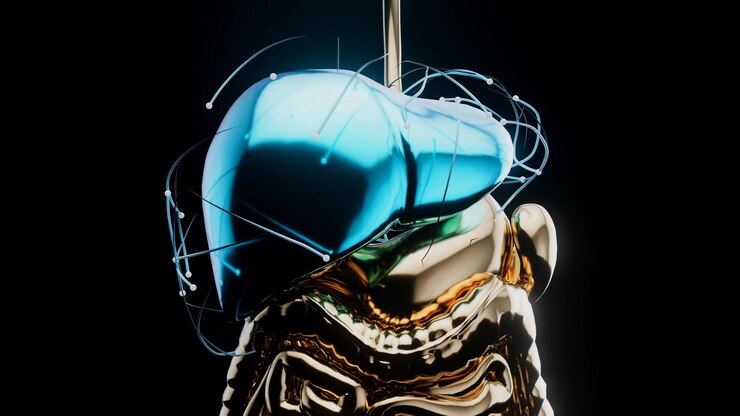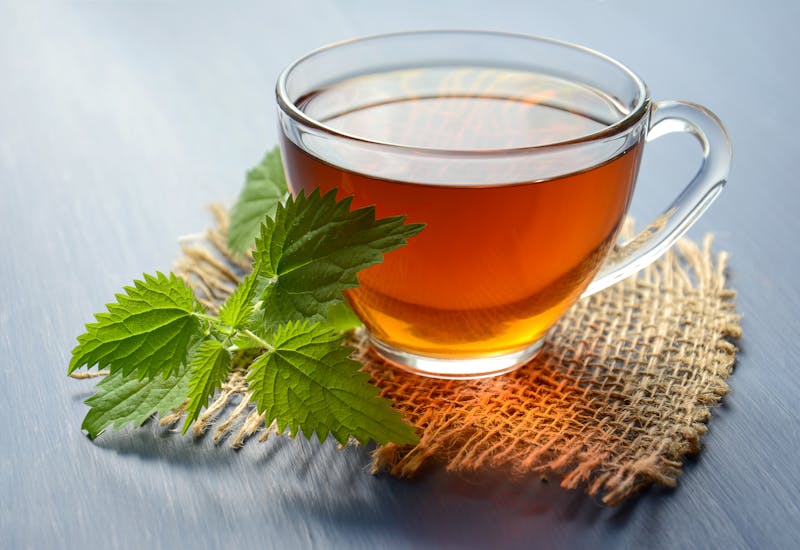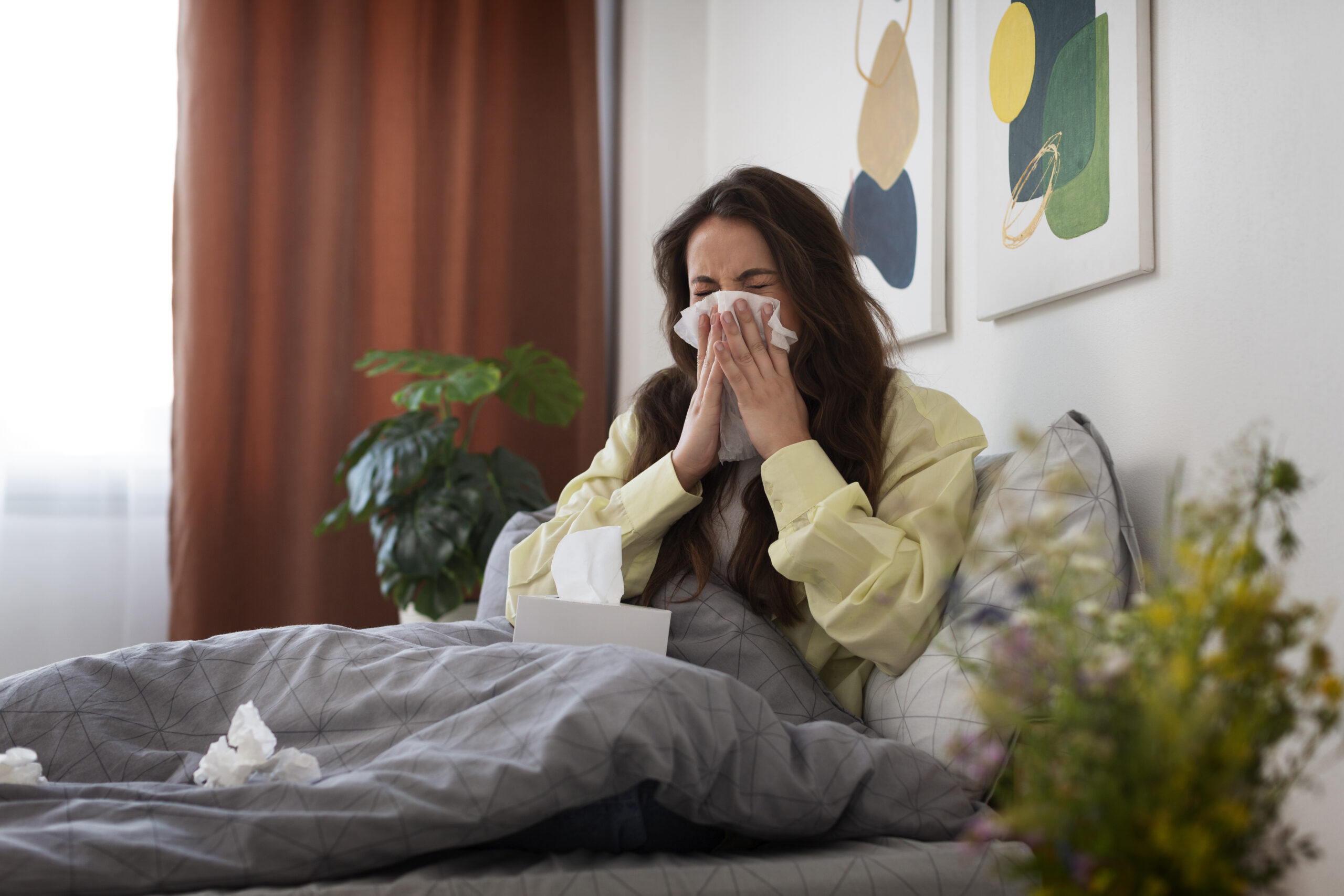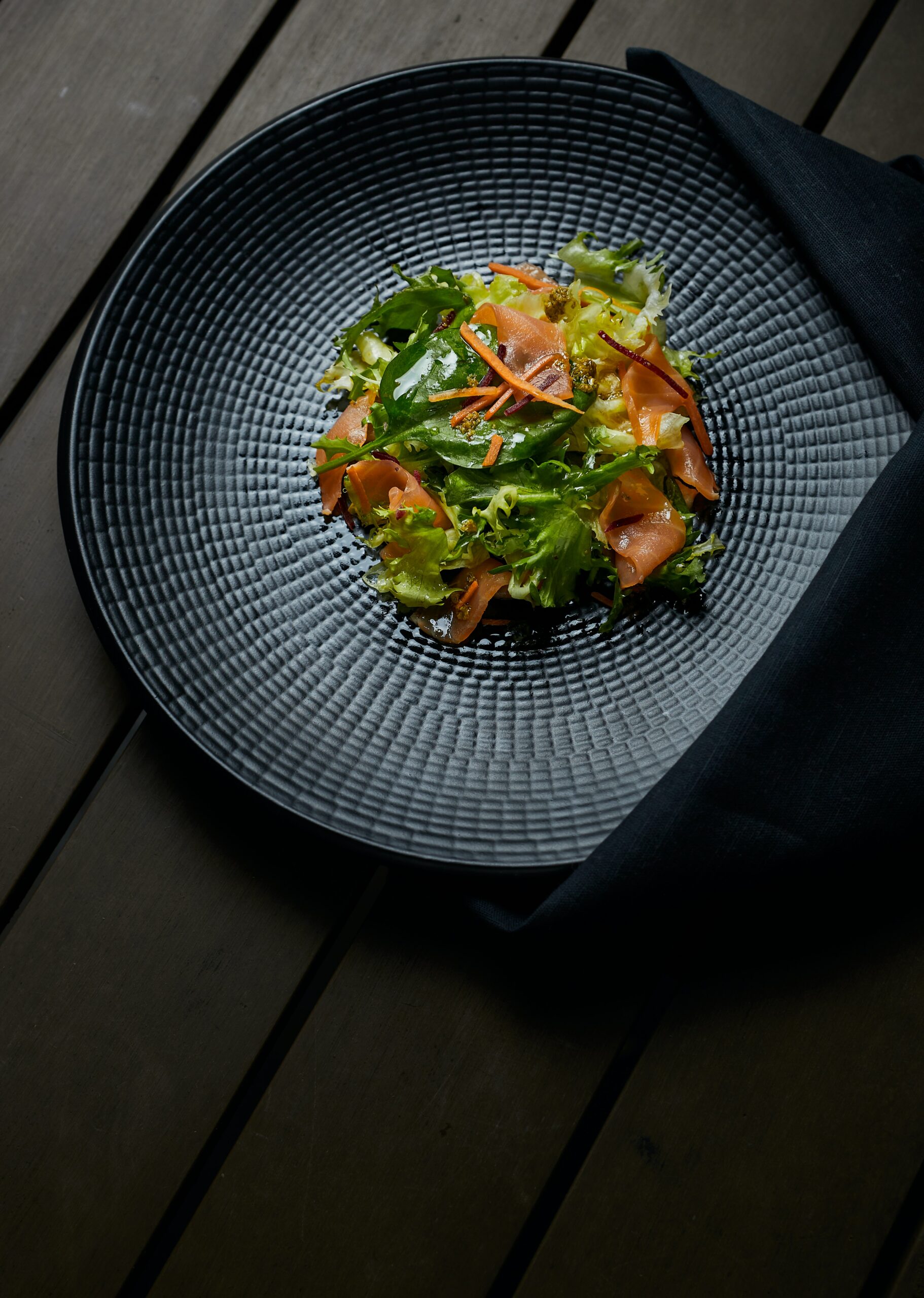Many health-conscious people deciding to give up on junk food and eat healthily, with fruits and vegetables and other things, like nuts, suddenly realize their health condition has gotten worse. How could this be? We are told to eat our leafy greens if we want to stay heathy! The problem is though, not all leafy greens and root vegetables are healthy for our biological constitution. While vegetables like spinach, swiss chard, collard greens and nuts like almonds and fruits like raspberries and tubers like cassava may show no physical signs of distress for some people, to others who are sensitive to oxalates, and other things — these foods are a no no. In this article, I will go over in detail the safest, most nutritious foods to eat that are associated with minimum complications. And I will specifically list the few dozen foods from around the world I think are the best at re-mineralizing and re-invigorating the human body — and they may not be what you think!
There are many defense mechanisms that plants produce to protect themselves against predators — including we, the human predator. These include antinutrients such as goitrogens, found in cruciferous foods like kale, broccoli, Brussels sprouts and cabbage; lectins, mostly found in legumes, whole grains, tomatoes and eggplants; phytates (phytic acid), mostly found in whole grains like oats, seeds like peanut and sesame, and legumes and nuts; gluten, found mostly in wheat products like bread, cereals, baked goods and pasta; tannins, mostly found in tea, coffee and legumes; saponins, found in legumes and whole grains, and salicylates, found sporadically in certain vegetables, like broccoli, radish and sweet potato, and in certain drinks, like beer, and fruits, like berries, cucumber and tomato– but the biggest and most debilitating offender of all these plant defenders is probably oxalates, found abundantly in some leafy greens, nuts, fruits and beans, like soy! Most of these anti-nutrients can mostly be destroyed by cooking, sprouting or fermenting these foods — with few exceptions! Oxalates, for example, are not only antinutrients — but exist in different forms (like soluble and insoluble) and are stone-formers, binding with calcium, and even magnesium, potassium or phosphorus; and settling in the kidneys and even all throughout the body, turning the human body into stone!
While goitrogens are associated with iodine malabsorption, thus interfering with thyroid function, lectins, phytates, saponins and tannins are associated with calcium, magnesium, iron, phosphorus, and zinc malabsorption, leading to a deficiency in these nutrients. Gluten — though not usually associated with healthy foods — can severely damage the villi of the small intestines, leading to SIBO, bloating, leaky gut and other digestive issues; while salicylates are associated with itching, inflammation and asthma-like symptoms. Lectins will simply make all gastrointestinal issues worse. Tannins are specifically associated with iron malabsorption, while oxalates are specifically associated with especially calcium, then magnesium, phosphorus and potassium malabsorption. Why is that bad? It is because calcium is the most abundant mineral in the human body, and can thus be the most destructive mineral if not being absorbed properly. When calcium separates from our bone and teeth, it can act like little stones, ravaging throughout our vascular system, causing chaos.
These disclosures may bring a bit of joy, or guilty pleasure, to those who live or want to continue to live on unhealthy junk foods; but that would be like choosing injury by the left blade or the right blade of a double-edge sword. If you desire to live a long and healthy life, you must be wise and careful in choosing the best foods for your biological constitution and the organs that depend on them.
When I say be wise in choosing the best foods for your biological constitution, we must understand that everyone is different, and wired differently. Some types of food may be a lifesaver to one person, while that same food may be hellraiser to another. In ayurvedic (Indian) medicine, there is a system of constitution-determination called the doshas, which uses the concept of the elements of air, space, fire, water and earth to determine one’s disposition: mentally, physically and emotionally. The doshas combines these elements to produce a division of three characteristic groups: Vata, Pitta and Kapha. It is not an exact science in the least, but Vata dosha characteristically tends to be thin built and light, dry skinned, always feels cold, hates cold, loves change, restless and moves like the wind; Pitta dosha is competitive, medium built, naturally strong (muscular), impatient, jealous and fiery (many are redheads); Kapha is grounded, calm, needs to be pushed, is allergy prone, holds water and tends to gain weight easily. Using this as a guide, you may determine your own disposition and sensitivity to foods. If you are the Vata type, you probably do better with cooked, heavy foods, with healthy oils. Vata should also keep hydrated since they are prone to constipation. If you are Pitta, stay away from caffeine, fermented and spicy foods. Pitta needs protein rich food like taro, black beans and scallops. Their acidic constitution allows them to tolerate certain raw salads, like asparagus, watercress and arugula. If you are Kapha, you may need less animal protein and more plant protein. Kapha should also eat energizing foods high in copper, B vitamins and phosphorus. These include daikon radish, taro, asparagus, crimini mushrooms, black beans and scallops. They should avoid excess sweets and excess wheat products, being these foods foster weight gain.
So here is a comprised list of the safest, most nutritious food observed and borrowed from around the world that is agreeable with and beneficial to most people; keep in mind that food is eaten for pleasure, satisfaction and health — the latter often being ignored:
Japanese most healthy foods:
01. Daikon radish: most popular vegetable in Japan — high in protein and enzymes to digest complex carbohydrates, fats and other proteins. A great detoxifying vegetable, including a diuretic to flush out toxins. Contains a compound called glucosinolates, which breaks down to form isothiocyanates, which may provide powerful cancer fighting properties. May also help with weight loss. Don’t peel the skin. Downside(s): too much may be goitrogenic
02. Japanese persimmon: national fruit of Japan. Full of carotenoids, including beta cryptoxanthin, which may improve eye health. Contains a compound called fisetin, that may help reduce oxidative stress, improve brain function and fight cancer. Downside(s): high in tannins
03. Natto: a fermented soybean product high in both vitamin K1 and K2. High also in manganese, iron, copper, fiber, probiotics and a unique powerful enzyme called nattokinase, which may dissolve blood clots. Thins the blood by its ability to break down fibrin — the protein that forms during blood clotting. May help fight heart disease and certain cancers. Downside(s): an acquired taste, pungent odor, caution if on anticoagulants
Chinese most popular foods:
04. Bok choy: a cruciferous vegetable that contains phytonutrients — like the sulphur containing compounds glucosinolates, which convert to isothiocyanates — that may reduce cancer risk even if consumed just once per week. A moderate yet balanced source of carotenoids, vitamin C, folate and vitamin K. May assist with thyroid function, heart and bone health. Downside(s): too much (uncooked) may inhibit iodine absorption and affect thyroid function
05. Taro: a root vegetable that improves digestion. Good for bowel disease, creates short chain fatty acids that restores colon health. Also contains fiber and resistant starch that may help reduce excess weight. A good source of protein. May improve blood sugar levels. Also contains compounds called polyphenols — particularly quercetin — that may help fight against certain cancers. Downside(s): may be high in calcium oxalates
06. Adzuki bean: contains dozens of antioxidants, making them one of the main antioxidant rich food in the world. Soaking/sprouting/fermenting them makes nutrients more bioavailable. May be good for blood sugar by improving insulin sensitivity. May reduce high triglycerides and reduce excess LDL particles. Contains short chain fatty acids, fiber and resistant starch beneficial for colon health. May also improve kidney function.
07. Durian: the king of fruit in Southeast Asia: scary looking, though one of the most nutrient dense fruit in the world; loaded with B vitamins for energy, purifies the blood and helps make red blood cells. Contains cancer fighting antioxidants. Good for the heart, the gut and pregnant women. Downside(s): pungent odor. Do not consume with alchohol
08. Mangosteen: known as the queen of fruit in Asia: contains a unique class of antioxidant compounds known as xanthones, which may help fight cancer and other ailments, such as chronic inflammation and diabetes. May also protect against UV damage. Downside(s): excess amounts may lead to internal bleeding. Previously banned because of concerns they would introduce an agricultural pest — the fruitfly — to other countries
09. Bitter Melon (Bitter Gourd): a bitter fruit very good for liver ailments, including fatty liver. Has a chemical that acts like insulin to help reduce high blood glucose level. May help ameliorate lipid disorders such as hyperlipidemia and normalize cholesterol numbers. Relatively high in vitamin A and C, which may help boost the immune system. Contains compounds that may lower high blood sugar markers, like fructosamine and Hba1c markers. Downside(s): extremely bitter and high in oxalates. Not suitable for pregnant or breastfeeding women
Germany’s favorite vegetable:
10. Asparagus: an incredible detoxifying vegetable — high in the antioxidant glutathione and an alkaloid chemical called asparagine, which may help to detox ammonia from the liver. High in a saponin called protodioscin, which supports ovarian health, increases testosterone production and maybe libido. Particularly high in B vitamins, zinc, selenium, vitamin K and E. May help lower high blood pressure. Contains soluble and (mostly) insoluble fiber and may help burn fat, promote weight loss and alleviate urinary tract infections. A prebiotic called inulin may support gut health. High in the flavonoids quercetin and kaempferol, which may reduce inflammation and help fight cancer. Downside(s): detox may cause urine to have a strong odor for a short period of time. Some people may have an allergic reaction to asparagus due to certain proteins in the vegetable
My observed other favorites:
11. Cucumber: keeps cells hydrated (a common health issue) and simultaneously flushes out toxins. Helps with digestion, reduces bad breath and contains chemicals that may help fight cancer. Buy organic and eat unpeeled. Downside(s): Producers often add wax to cucumbers and other produce to conserve moisture and keep a fresh look
12. Scallops: high in iodine, and choline, which makes it good for the liver. Also impressively high in phosphorous to boost energy production and metabolize B vitamins. Also high in vitamin B12. Should be eaten sparingly — about twice per week. Downside(s): relatively low in mercury but may be high in cadmium
13. Watercress: the CDC has crowned watercress as the healthiest food in the world — a cruciferous which contains naturally occuring nitrates that may lower blood pressure; one of the best detox vegetables — has dozens of unique flavonoids. Helps heal injuries and support collagen production. May improve athletic performance. Good for the eyes. High in Vitamin K1. Compounds called glucosinolates which convert to isothiocyanates may help protect against cancer
14. Sardine: Extremely nutrient dense — one of the few foods naturally high in vitamin D. Also high in calcium, niacin, phosphorous, selenium, and vitamin B12. A good source of protein, which is needed for enzymes and hormonal production. Is like a multivitamin — good for the brain, and when included with the bone, high in calcium. Downside(s): May be high in purines, that may cause a rise in uric acid. Extremely high uric acid can lead to gout
15. Sunflower seeds: may look like an unimpressive source of nutrition, yet one of the few and best sources of vitamin E. Roasting can dramatically reduce vitamin E content by about 80 percent though. Also high in biotin, vitamin B1 and B5. Vitamin B5 helps with the production of the powerful hormone melatonin. Also relatively high in magnesium, vitamin B6, potassium, selenium and copper. Consume in small amounts. Downside(s): High in cadmium
16. Oats: [ridiculed by many respected doctors and nutritionists as a bad source of healthy foods, but oats processed properly is an extremely healthy food source.] High in many antioxidants, including one called avenanthramides — almost solely found in oats. This helps increase nitric oxide, thus widening blood vessels and leading to better blood flow. May then protect LDL particles and cholesterol from oxidation. May also lower excess LDL and cholesterol. Very high in manganese. Also reasonably high in chromium, phosphorous, molybdenum, copper, zinc, thiamine and the very powerful hormone melatonin. Contains a soluble fiber called beta-glucan — well known for boosting and strengthening the immune system. Must be organic. Downside(s): may be cross-contaminated with gluten; may also contain avenin — a protein similar to gluten
17. Papaya: a low sugar fruit, which contains a unique enzyme called papain. This enzyme helps break down the tough protein chains in muscle meat. Papaya creates better absorption of nutrients more so than other fruits and vegetables. May be good for IBS and other digestive issues. High in vitamin C and carotenoids, like beta-cryptoxanthin and especially, lycopene, which may demonstrate anticancer activities. May be good for the heart, the pancreas, blood and Alzheimer’s disease. Downside(s): must be consumed away from other foods; may be a histamine liberator
18. Crimini mushroom (Agaricus bisporus): these mushrooms — a form of white button mushrooms — contain bacteria that may help improve digestion. Contains carbohydrates like chitin, beta-glucan, alpha-glutan, xylene and hemicellulose that acts as prebiotics for the gut. Exposing them to sunlight increases vitamin D content. High also in copper, selenium, potassium, vitamin B2, B3, B5 and B7. Contains the unique selenoamino acids and selenoenzymes to fight inflammation. Also contain the amino acid and antioxidant ergothioneine, that may be powerful enough to fight cancer. Also contains conjugated linoleic acid (CLA) — a type of fatty acid — that may have anticancer properties. Must be bought organic. Downside(s): may be high in purines that increase uric acid production
19. Black bean: High in protein that is highly digestible (~ 80 percent). Also high in fiber, copper, and folate. Relatively high in magnesium, potassium, phosphorous, manganese, molybdenum, iron and thiamine. Contains antioxidants such as polyphenols and flavonoids, including anthocyanins, that may contain cancer fighting properties. May also aid with blood sugar and weight loss. Downside(s): contain antinutrients — but are reduced by cooking
20. Sesame seed (hulled): known as the queen of seed oil, particularly high in copper, then iron, magnesium, molybdenum, selenium, thiamine, zinc and an excellent source for protein. Has the highest phytosterol content of all seeds and nuts. Phytosterols and other plant compounds such as lignans may help regulate cholesterol to healthy levels. Contains the essential amino acid tryptophan, that helps relieve stress and anxiety. Thus an excellent source for menstrual and menopausal issues for women. One of the main ingredients in “seed cycling ” for women’s hormonal balance. May reduce hypertension and diabetes risk. Nourishing to the colon. Strengthening to bones and joints. Contains compounds such as sesamin and sesamol, which may protect against radiation damage to DNA. Downside(s): contains antinutrients such as oxalates and phytates, that may be reduced by soaking, sprouting or roasting seeds
21. Artichoke: like asparagus, contains a prebiotic fiber called inulin, that supports colon health. Also a source of probiotics. Improves gut motility and helps stop muscle spasms in IBS sufferers. Good for the liver — may repair liver damage and increase bile flow to release toxins from the liver. May normalize liver enzymes. Also contains antioxidant compounds such chlorogenic acid and luteolin, that helps prevent excess cholesterol formation. May also improve blood sugar levels. Also contains antioxidants such as rutin, quercetin and silymarin, which may have anticancer effects
22. Arugula: an unusual, peppery tasting, cruciferous vegetable, containing exceptional antioxidants such as erucin and glucosinolates that are believed not only to be potent cancer fighters and cancer destroyers, but also anti inflammatory, anti diabetic and lipid lowering. Also detoxifies the liver, good for the eyes and safe for pregnant women. Also has nitrates which enhances athletic performance and endurance. High in vitamin K. Should be eaten raw. Downside(s): caution when taking blood thinners since high in vitamin K. May be goitrogenic if eaten in excess
23 Black garlic: is raw garlic that has been processed with slow heat and humidity over a period of weeks, changing the texture, color, odor and nutrient content. May be more potent (not smell or taste) than regular garlic. May help reverse fatty liver, lower cholesterol and fight against certain cancers.
24. Parsley: keeps the kidneys healthy — prevents edema and dissolves kidneys stones. Good for digestion and may improve blood sugar levels. Compounds called myricetin and apigenin may help prevent cancer proliferation. Compounds called apiol may ease menstruation complications in women
25. Ginger: powerful against fighting many infections including oral. Calms indigestion and helps digest and move food quicker through the digestive system. A convenient remedy for nausea. Eases menstrual cramps. Active compound called gingerol may help fight against cancer. Downside(s): moderately high in oxalates; a blood thinner that may cause bleeding if used in excess
26. Pomegranate: good for digestion, is antimicrobial and may reduce kidney stones. Powerful polyphenol compounds called ellagitannins, punicalagins and anthocyanins may reduce inflammation throughout the body. These and other polyphenolic compounds may reduce blood pressure, plaque buildup and chest pain. Downside(s): may be relatively high in oxalates
27. Broccoli sprouts: high in glucoraphanin — the nutrient that becomes sulforaphane; a powerful compound with strong anticancer properties. Downside(s): may be goitrogenic if used in excess. Has a high risk of bacterial contamination, so be sure to wash them before consuming
28. Winter squash: full of carotenoids: beta carotene, alpha carotene, beta cryptoxanthin; good for the eyes, skin and immune system. Also relatively high in potassium. Both the butternut and buttercup variety complement each other, and though butternut may be more desirable, the buttercup is loaded with much more vitamin A
29. Rutabaga: a staple in Northern Europe, particularly Sweden. Rich in potassium and vitamin C. High in glucosinolates, which contains antioxidant properties to fight against heart disease and cancer. Downside(s): may be high in oxalates
30. Red cabbage: contains compounds called isothiocyanates that may encourage the production of short-chain fatty acids — which acts as postbiotics for the colon. Also rich in the compounds sulforaphane and anthocyanins, that may prevent oxidative damage and fight against cancer cells
31. Bilberry: very good at controlling diabetes or high blood sugar. Contains the potent antioxidant anthocyanin, which may combat chronic, inflammatory disorders, including of the colon — thus may be useful for Inflammatory Bowel Disease sufferers. Like blackcurrant, may aid in slowing glaucoma (an “incurable” eye disease) and reversing dry eyes. Downside(s): contains tannins. Be cautious if you’re on diabetic meditation, as blood sugar may become too low
32. Guava: Remarkably high in vitamin C and relatively high in fiber and potassium — just one small guava a day, may help keep the doctor away! May be a lifesaver for women who suffer from menstrual pain. Guava also has one of the highest food source of a carotenoid antioxidant called lycopene on earth. Food-sourced lycopene is known for its many health benefits! Downside(s): best to get organic, from pesticide contamination. Relatively high in oxalates, may cause bloating or allergic reactions if consumed in excess
There you have it! You may be disappointed to not see your favorite foods added to the list, such as apple, banana, strawberry, okra, spinach, pistachio, sweet potato, bell pepper, yam, carrot, onion, lemon, watermelon, eggplant, tomato and so forth and so on. You are indeed welcome to try or continue these food, with the necessary precautions — but the foods that did make the list appear to hold stronger influences on our biological constitution than these subsequent mentioned. You are welcome to disagree.







![Copper: the Great [Trace Mineral]](https://bioinvigorate.com/wp-content/uploads/2023/08/pexels-esmihel-15813475-scaled.jpg)

